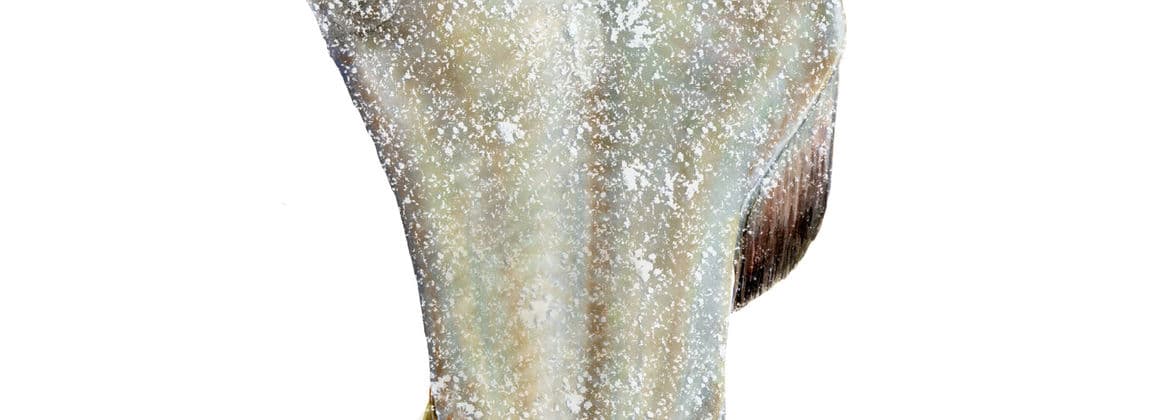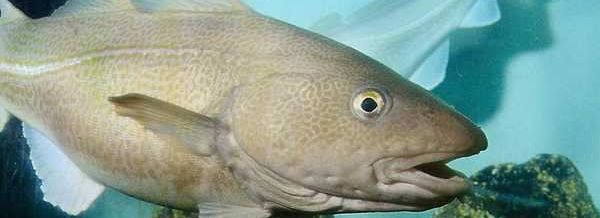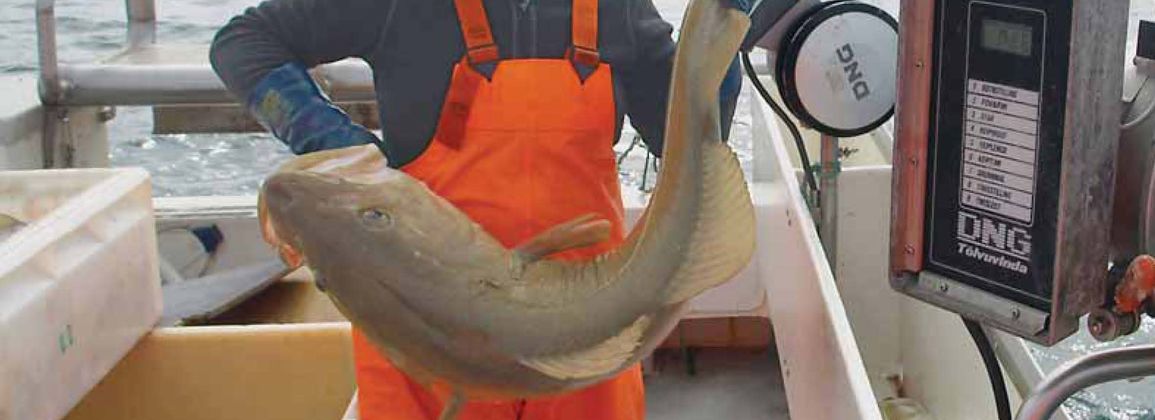The Association of Fish Processing Plants and Matís ohf. convene a working meeting on 17 September, where a salt fish producer interest group will be formally established. The main purpose of the meeting is to discuss the state of the industry and future emphases in the development and cooperation of salted fish producers.
Icelandic salted fish products have been in demand and prominent in foreign markets. It is important that Icelandic producers strengthen their position through strong co-operation on common interests.
In light of this, the Association of Fish Processing Plants and Matís ohf. to a working meeting in September 2010, where a salt fish producer interest group will be formally established. The main purpose of the meeting is to discuss the state of the industry and future emphases in the development and cooperation of salted fish producers.
Extensive developments have taken place in salted fish processing in recent years. Saltfish processing has evolved from being a position salting where poorer raw materials were used to produce products, to being a multifaceted process where different salting techniques are used to achieve the desired utilization and the highest possible quality. Requirements for raw material quality have also changed completely. These factors, as well as changes in storage conditions and transport processes, have given Icelandic producers a dominant position in the markets that offer the highest prices. Appearance, including tint, is a significant factor in product pricing as well as size classification.
Salted fish processing is a long production process where product defects often do not appear until the processing time has elapsed. Examples are yellowing, which has often been associated with excessive copper or iron content in salt or the use of copper in processing equipment and other objects that come into contact with the fish. It is important to react quickly to the increased defect rate caused by jaundice, which can cause great financial damage to Icelandic producers, as buyers demand high damages. The damage associated with the image of Icelandic products is not valued.
Today, the production and sale of salted fish products is largely in the hands of each and every producer, and at the same time, the dissemination of information and coordination with the production of products has decreased compared to the time when SIF was and was named. Formal co-operation between producers is intended to strengthen the flow of information concerning the common interests of producers. It is to everyone's advantage that Icelandic products are generally known for quality and trust between producers and buyers is further strengthened.
All producers who have a processing license for salted fish processing have been sent a meeting invitation and a formal registration for the workshop took place last June. It is still possible to register participants and receive further information about the meeting which will be held at Matís ohf in mid-September.
For further information, please contact Kristín A. Þórarinsdóttir, tel: 422-5081, e-mail: kristin.a.thorarinsdottir@matis.is.











